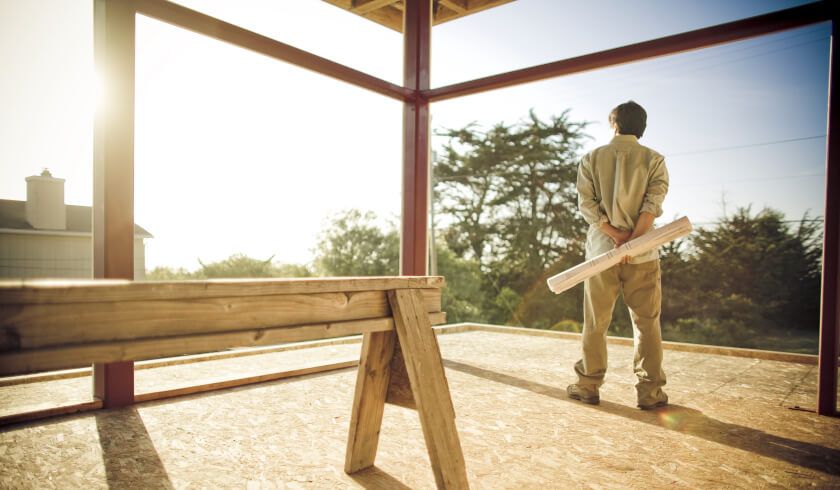Coronavirus leads to call for residential building support
There has been a request for the Australian residential building industry to be “one of the most supported” in the wake of the coronavirus shock.

The Housing Industry Association (HIA) has noted the residential building industry’s previous strong track record of underpinning Australian economic growth and stability.
For the association’s chief executive of industry policy, Kristin Brookfield, “the residential building industry should be one of the most supported” as the Australian government looks to respond to current global uncertainty and identify appropriate policies and stimulus measures to enact.
“Australia is emerging from a residential building downturn, and in the face of the coronavirus shock, stability and clear direction to ensure the housing market does not take a backwards step is essential,” she outlined.
With the construction industry employing more than 1.1 million people, and residential building work generating over $105 billion for the Australian economy in 2018 alone, Ms Brookfield has also flagged the sector as accounting for 5.8 per cent of expenditure in the Australian economy.
“HIA encourages the state and federal governments to work together in this difficult time to provide policies that will stimulate the residential building sector,” she said.
The chief executive went on to highlight how residential building stimulus “was a key element in the response to the 2009 global financial crisis and the results then were very positive”.
She also highlighted how residential building activity can support “a range of other industries, like building product manufacturing” in remaining stable.
Ms Brookfield noted, too, that “trade skills and training has been suffering from a pronounced gap in funding and government support for some time”.
She said it is “vital” that apprentices are supported.
“Uncertain times can make it difficult for apprentices to find work or to continue their training. It is important to avoid creating a gap in industry training,” she said.
Therefore, “maintaining a strong residential building workforce must be a goal”.
“Any stimulus aimed at the residential building sector should focus on ensuring the current workforce remain on task and ensuring young people see the opportunity to move into a career in building and take up new apprenticeships.”
In conclusion, Ms Brookfield said such support for stable residential building activity over the next few years, even where circumstances change, “can help underpin both industry confidence and consumer confidence”.
